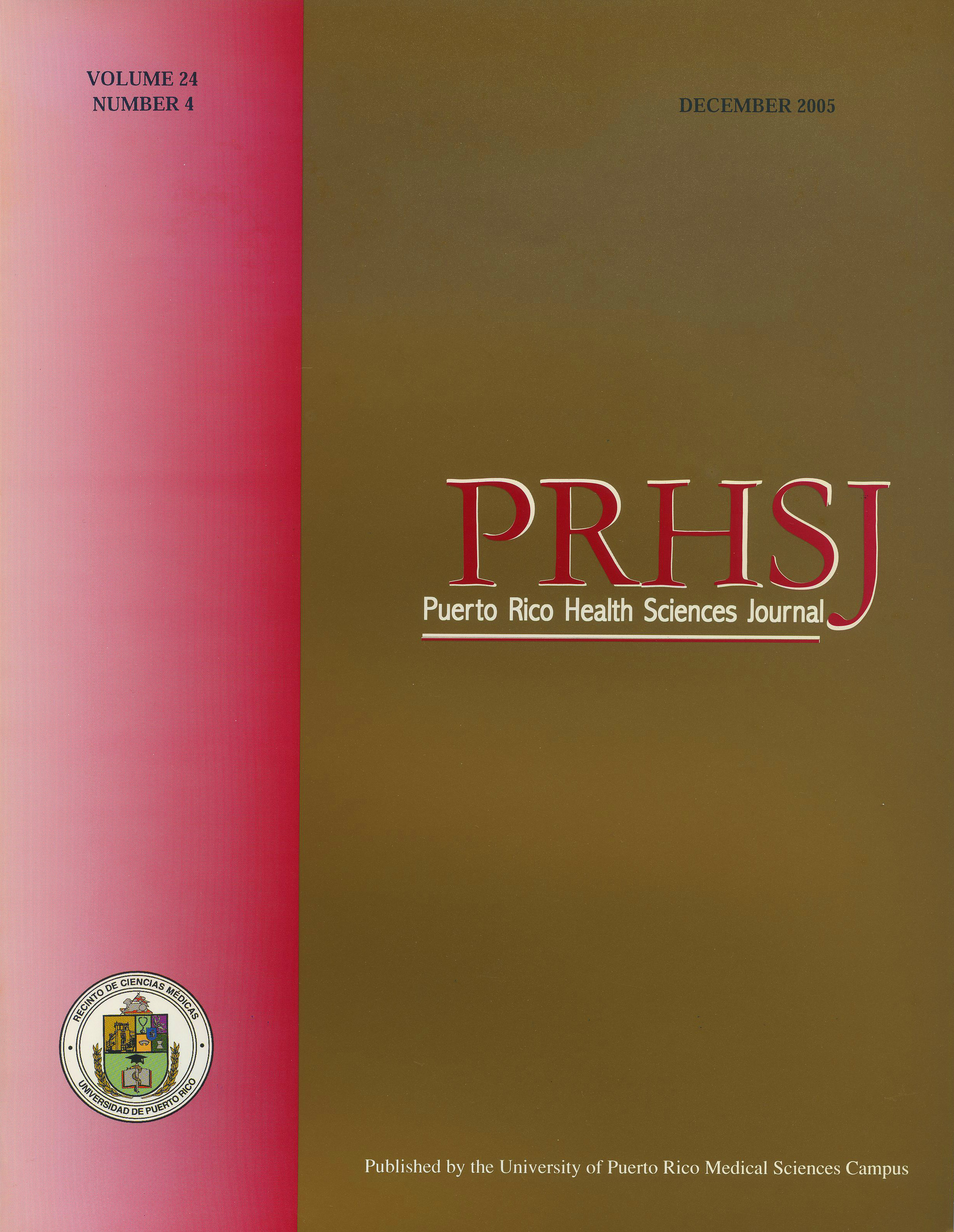Abstract
Objetive. The purpose of this study was to determine the type and characteristics of the interventions, indications of dental treatment and procedures performed to patients treated under general anesthesia (GA) by pediatric dentistry residents, during the 1997-1999 period. Method. A sample of 57 hospital records of patients treated as part of the Special Pediatric Course at the Puerto Rico Pediatric Hospital were reviewed. Statistical analysis was done using the chi-square test for inferences on proportions. Results. MR patients made up 59.7% and NMR patients made up 40.3% of the sample studied. Ages ranged from 2 to 35 years with a mean age of 11 years (SD=8.54). MR patients were classified into 7 categories: mental retardation (38.2%), cerebral palsy (14.7%), epileptic (5.9%), mental syndromes (26.9%), hydrocephalic (5.9%), autism (5.9%) and others (2.9%). The NMR were classified into 5 categories: early childhood caries (65.2%), cardiac patients (8.7%), maxillofacial anomalies (4.3%), organic syndromes (13.1%) and others (8.7%). The dental procedures performed were: dental extractions 84%(MR) and 68% (NMR), restorative procedures 87.3%(MR) and 12.7%(NMR). Oral prophylaxis was performed in 76.8%, fissure sealants in 10.7% and topical fluoride applications in 21.8%. Conclusion. Dental extraction was a frequently performed procedure in both groups. The prevalence of exodontia and restorative procedures indicates the need to design and implement prevention programs for special pediatric patients.
Authors who publish with this journal agree to the following terms:
a. Authors retain copyright and grant the journal right of first publication with the work simultaneously licensed under a Creative Commons Attribution License that allows others to share the work with an acknowledgement of the work's authorship and initial publication in this journal.
b. Authors are able to enter into separate, additional contractual arrangements for the non-exclusive distribution of the journal's published version of the work (e.g., post it to an institutional repository or publish it in a book), with an acknowledgement of its initial publication in this journal.
c. Authors are permitted and encouraged to post their work online (e.g., in institutional repositories or on their website) prior to and during the submission process, as it can lead to productive exchanges, as well as earlier and greater citation of published work (See The Effect of Open Access).
